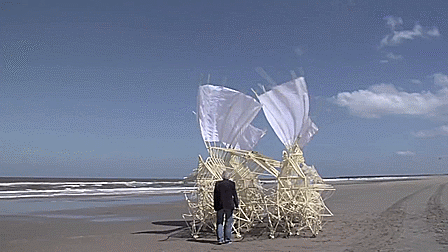January and February are months of intense studying because it’s exam season. This semester, I’m preparing for exams in Probability, Data Base 1, and Operative Systems 1.
I also have to submit my Java project, a remake of the classic game Bubble Bobble, by mid February. I’ve been working on this Java project for months, and I’m excited to finally see it coming together. The code is finished, now I just have to write the project thesis add some final touches.
Since my routine has basically been eat, sleep, study, and repeat, I don’t have that many interesting things to say about this period, but I’ll try my best.
🏡 Staying Home
As I explained in the November 2024 Log, in the last few months I’ve spent the majority of my days at university, and I really liked this routine because it gave me plenty of time to study while enjoying the company of my friends and colleagues.
But since both my friends and I don’t live very close to the university, it’s hard to justify the time needed to commute when we have limited time to prepare for our exams. So, we mostly studied at home and met on Discord to chat and help each other out.
Studying from home has its benefits, such as spending more time with family and enjoying some comforts like having a big monitor and, of course, having a cat around.
But it also has its downsides, like having a cat around. Cat that decides to sit on your keyboards while you are studying.
Jokes aside, at least for me, it’s harder to stay focused and motivated, and honestly, it’s just less fun and more lonely. When you go to university, the environment is really dynamic: you study, then you go to the cafeteria, then you study again, have lunch with friends, and then get back to work. This is in stark contrast to studying at home, where the environment is much quieter and more isolating.
Also, I might be a bit strange, but I actually really enjoy commuting. I love taking the train while reading a book, and walking around while listening to a good podcast. Commuting also forces you to move and be active something that’s much harder to do if you spend the majority of your day at home.
🗺️ Open Street Map
When I said my routine was just eat, sleep, study, and repeat, I told a little lie, because my routine was actually more like eat, sleep, study, OpenStreetMap 😅.
If you don’t know it, OpenStreetMap is like the Wikipedia of maps: a massive, collaborative database where anyone can contribute to mapping the world. Volunteers from all over add and update information about roads, trails, buildings, and much more, making it a truly community driven project that’s free and open for everyone to use.
Quite often, I used the excuse of “mapping my neighborhood” to get outside for a walk. For mapping from my phone, I used an app called StreetComplete, which is basically the Pokémon Go of maps. It gamifies the mapping process by showing you missing map data in your area as quests on a map. You complete each quest by visiting the location and answering a simple question, like “Is this street lit?” or “What type of surface does this road have? and your answers directly update the map for everyone.
This app can also be used to easily add missing objects to the map, such as benches, street lamps, or shops. However, for more serious mapping task, like modifying roads or making detailed edit, the official web interface is still the best tool to use.

For navigating maps on my phone, I think Organic Maps is the best app I’ve found so far. It has a great interface, is really easy to use, and works perfectly offline. In my opinion, the maps for especially densely populated areas are often much better than Google Maps. Of course, if you’re driving, Google Maps is still more convenient for real-time traffic updates, but for walking or exploring on foot, OpenStreetMap is superior in almost every way.
📺 Video of Month
This month I binge watched some Veritasium videos, and as always, they were great. I decided to make a list of the robot-themed videos I watched:
- Why Are Scientists Making Robots Insects?
- 34 Years Of Strandbeest Evolution
- The Real Reason Robots Shouldn’t Look Like Humans
I especially loved the video on the Strandbeest these are giant creatures made from plastic pipes that move entirely thanks to the power of the wind, It’s the perfect combination of art and engineering.


Created by Dutch artist Theo Jansen.
See all the other monthly logs: 📦 Log Archive